All of these elements can damage classic car paint on a daily basis. Without protection against the sun, automobiles receive UV rays that begin to fade the color and weaken the integrity of its surface quickly. A clear-coat finish is supposed to protect your car from these harmful effects, but it will only last as long as it can repair itself. Sooner or later, daily exposure will cause its topcoat layer to crack and peel away. To fix a peeling clear coat on your car, start by scrubbing the peeling area with 1000-grit sandpaper to get rid of the damaged coat.
Then, soak 2000-grit sandpaper in water for an hour before sanding around the damage to blend the repair area with the clear coat. Once you've sanded your car, clean the space with an alcohol-based cleaner, like glass cleaner, and scuff it with a fine grit, woven scuffing pad. After you've cleaned the area, tape around it with masking tape to mark out your working space. Next, spray an aerosol can of clear coat onto the surface. Let it dry for 5 minutes, then spray on a second coat.
To finish off, remove the masking tape, then lightly go over the area with 2000-grit sandpaper to blend your new coat with the old one. I have seen this condition before, it is almost always the result of body filler being applied over damage or rust without proper preparation. The only real way to fix it is to take out the old filler and see what is actually under it, and hope it is not rust through. This is not the end of the world, it just requires some work to correct.
There are many very good videos on how to correct body panel rust and damage on YouTube.com. Whether you do it yourself or hire it done, it is always a good idea to educate yourself on the whole procedure. If you don't feel confident painting and clear coating, then you can always do the body work and priming then hire a professional to apply the finish. This is what I do because I don't have a proper paint both or the equipment to apply today's finishes correctly. Just remember; a paint job is only as good as the prep work. If you decide to do the body work yourself, find a professional painter who will set down and talk with you and explain what works and what doesn't.
How To Repair Peeling Paint On A Car Then watch some of these videos and get some ideas as to how you want to proceed. Remember, there is no magic, and short cuts lead to what you already have. It's really not that difficult, but it does require patience and determination. Which ever way you go, I wouldn't let this condition continue to long; the damage will only get worse. For minor scratches that don't reach the metal underneath, then often simply buffing the affected area and applying a good polish will sort them out.
For other, deeper damage you can apply touch up paints that will match your existing colour, or if the damage is sufficient, you might consider having the affected panel resprayed. The DIY products on the market can do a nice job of replacing bubbling and peeling clear coat spots. However, a close inspection will always reveal differences between the original paint job and the repaired areas.
They may be able to repaint a single section, like the hood, or it may be necessary to repaint the entire car. You still love your older car, but it's starting to look its age. The paint job's glossy shine might be marred by bubbles and blisters of the clear coat finish. This is known as delamination, and the best fix for widespread cases is a pricey repainting job.
Or, if you have some experience with automotive painting, you can use professional tools like a compressed air gun to apply new clear coat. However, if the peeling is limited in scope—for instance, spots on the hood or near the wheels—making spot repairs with an aerosol spray can is a manageable DIY project. If the chip goes through all the layers of your auto paint, exposing the unpainted surface, auto paint primer is needed. Primer adheres to unpainted surfaces and will get the touch up paint to stick for your paint chip repair. If you need to fill deep scratches, use several coats of primer and gradually build the surface up.
So you've got a paint chip on your car door, hood, roof or elsewhere and you want to fix it before it quickly becomes a rusty paint chip! Paint chip repair is easy to do yourself with an automotive touch up paint pen or brush. As long as you use touch up paint that matches your car color, and allow the layers to dry between coats, you can repair those chips inexpensively at home. I've had luck in wet sanding an existing paint job in a small spot, and reapplying clear coat. Tonight I had to attempt to put a bit of color on an area.
I had such good results in wet sanding and reapplying a clear coat, that I figured I was up to spray a little primer on and color, then clearcoat. Primer went on fine, but to my horror, the blue base coat immediately pock-marked, leaving large circles with primer showing through. I'm hoping a 2nd coat will at least get everything a uniform color, even if it's the surface of the moon.
With the roof primed and sanded, I then applied four coats of paint waiting about 10 minutes between each coat. After the paint dried, I upgraded to a 1000 grit sand paper to help remove any paint imperfections such as orange peel and runs, and then I finished it all off with the clear coat. If you want a more professional look, you can take an extra step by wet sanding with a 1500 grit sand paper – a step I skipped since this was on the roof of a non-show vehicle. To guarantee complete protection against future peeling, you need to remove each coat down to the primer layer. The bare metal should be smooth and paint free, ready to be restored by a new coat of primer, paint and clear-coat. Most clear coat paint jobs were done in the early 1970's and have been offered up to a car's black interior ever since.
Before that time, paints were made with a thicker base and therefore had more gloss. As a result, the clear looked like it was factory-applied. The problem is that these paints don't last nearly as long as they once did.
Most of today's clear coats are not in their original can, in fact they haven't been used in years . They lack the durability of their predecessors, which results in windows turning out dull after extended periods of time. Clean the car paint chip to begin paint chip repair with soap and water and then dry it with a soft cotton cloth.
Rub a dab of automotive polishing compound over the paint chip to gently soften any ragged edges. If your repair didn't turn out well the first time, don't fret—there are ways to salvage it. After your previous attempt dries, sand the spot back down to the primer with a 360-grit 3M Wetordry sandpaper. This time, it's imperative to stay within the repair zone, so you probably want to trim your sandpaper circle to sit even with the radius of your stick. Wipe off any extra dust or moisture, then repaint the spot.
Wet sand the spot with 1000-grit sandpaper once the paint is completely dry. This tedious process slowly built up new layers of paint to sit even with the original surface. The directions for paint pens, brush bottles, and spray cans are different, but the same general principles apply. After cleaning, de-greasing & de-waxing, and priming an auto paint chip, you are ready to apply touch up paint. Auto paint chip repair works best when several layers of touch up paint are used. Wait at least overnight before applying clearcoat over the touch up paint.
Paint should be thoroughly cleaned before applying a fresh coat, and excessive moisture and humidity should be removed. Although dry clean towels are most often recommended, they are not always the best choice. Towels made with cotton or microfiber may leave lint and additional residue on the surface of your classic car paint which can take its toll over time resulting in cracking. Using soap and water, wash the paint chip, and then, using cotton cloth, dry the chip.
Apply a small amount of automotive polishing compound, one dabbing at a time, to smooth out any roughness on the paint surface. The clearcoat of paint could be compromised by too much rubbing and therefore turn cloudy. Once your car is clean and dry and free of any bonded contaminants, it's time to lay down a protective barrier to block UV rays.
This is the step to preventing oxidation and peeling. For preventative maintenance, we recommend Hybrid Solutions Pro Flex Wax or Hybrid Solutions Pro To the Max Wax. With the incredible performance of pure graphene, both of these are at the cutting-edge of car wax performance. Or, if your car needs some paint correction from light scratches and swirls, we recommend an all-in-one polish and wax product like Hybrid Solutions Ceramic Polish & Wax. Lacquers require a clear coat of paint over the top for added durability and protection. First it's important to note that the clear coat does not cure like a regular paint does.
In fact, it protects much like an invisible "fence" surrounding the paint that keeps moisture out, preventing future damage from occurring. This is why it is imperative to use a quality products which includes flexible solvents and cross linked polymers which cure by electrostatic friction rather than heat. Paint cracks can be fixed by utilizing a degrease cleaner and a sponge. The cracked crack can be fixed by applying paint cleaner and sponge. A rough grit of sandpaper, like 60 grit, can be used to sand the surface.
Degrease is applied to clean away residue and make the area look better. Put in one application of automotive primer, otherwise, you'll have to sand it again. Now, I've had the chance to paint cars in a professional booth in the past, but I am far from a professional paint and body guy. Yet, when the job was done, I was impressed at how well this aerosol can laid paint.
Even though there wasn't any wind on the day I painted, I still used pieces of cardboard to make it easier to paint and limit overspray hitting nearby cars. As you can see in the image above, the result turned out great with the new paint perfectly blended into the old paint to avoid any obvious lines or shade differences. Peeling, flaky paintwork occurs when one of the three layers coating the car's bodywork is damaged, often by a minor scratch or chip.
Spray paint can be used to repair minor damage to the paint (e.g. scratches) and painted plastic components without any problems. When using it, you should always wear protective clothing such as a breathing mask, glasses and gloves. Surfaces around the area you are applying paint to should be taped to protect against paint particles.
In addition to the base coat, sprays are also available for primer and clear coats. Auto paint is protected by a layer of clear coat, so it takes considerable wear or damage for it to peel. Most often, it's caused by a poor paint job or prolonged exposure to the sun.
Dings and damage to the clear coat that exposes the underlying paint can also cause peeling. To prevent it, protect your car from the elements and have any finish damage repaired right away. Before starting a car paint chip repair, you want to make sure the area is clean and clear of wax and grease.
Clean with a gentle water and soap solution, and include grease and wax remover in your touch up paint order. Use your paint code to order a kit that is custom colored to match your vehicle's factory paint job. As you can see in this image, not only had my Jeep's paint started peeling off , but the primer had also started to fail resulting in rust damage. Fortunately, there are numerous options to fix this damage, but I got supplies from Louisiana-based AutomotiveTouchup. For the best results, apply 2-3 coats of paint to the primer, followed by the same number of layers of clear coat. When applying both of these paints, do so in thin, even coats, leaving between 10 and 30 minutes between applications.
This will help you to achieve a professional, flawless finish without breaking the bank. Leave the new paintwork for a few days and then wash it and wax is as normal to keep it protected and shiny. Unfortunately, there's no way to restore a clear coat once it has begun peeling. You'll need to have an auto body shop strip and repaint your car. If your clear coat has been neglected badly enough to peel in some areas, you'll still need to have the entire car repainted so that the color and finish match throughout. Be prepared for a hefty, but necessary bill if you intend to keep your car.
The damage will only get worse until you address it, so it's best to bite the bullet and do it soon. Rain also plays a significant role in peeling car paint. Heavy rain can wash away protective wax that is applied on top of the clear coat. When water penetrates the surface of your car, it can cause the color to fade, metal parts to corrode, and will create an ideal condition for rusting. Clear coats protect the paint from fading and bubbling. Sun can fade or oxidize color pigments in paint and cause damage to the layers underneath.
If left untreated, it can cause the color to change, metal parts to rust, and ultimately to crack. In addition, UV radiation will cause cracks in the paint film, leading it to peel off. Of all the things to be worried about when it comes to your paintwork, this is the worst. Be careful however, because rust can quickly advance to beyond a point where this sort of solution will stop it.
After the rust has set in and begun to destroy the panel steel of your vehicle, it will blister and bubble up, becoming more and more fragile as it does so. Now that you have found your color code and determined which touch up product to use, there are just a couple other items to add to your car paint chip repair kit. These items will help clean and prepare the chipped paint for touch up, seal it, and help it blend with your car's paint. If your car paint is non-metallic, and there are only a couple chips smaller than pencil erasers , we recommend using a touch up paint pen. We have found the paint pens are the easiest to use on small car paint chip repair jobs.
Classic car paint is rarely the original paint that came on the vehicle. The factory paint may have been damaged or chipped before the vehicle ever reached its owner. This damage will need the classic car body to be cleaned as well as sanded and repainted. Car paint can be touched up with do-it-yourself kits sold at any well-stocked automotive supply store. This type of product is helpful for temporary repairs or small paint damage spots. For example, a few, little spots of chipped paint caused by roadway rocks or gravel can quickly be patched.

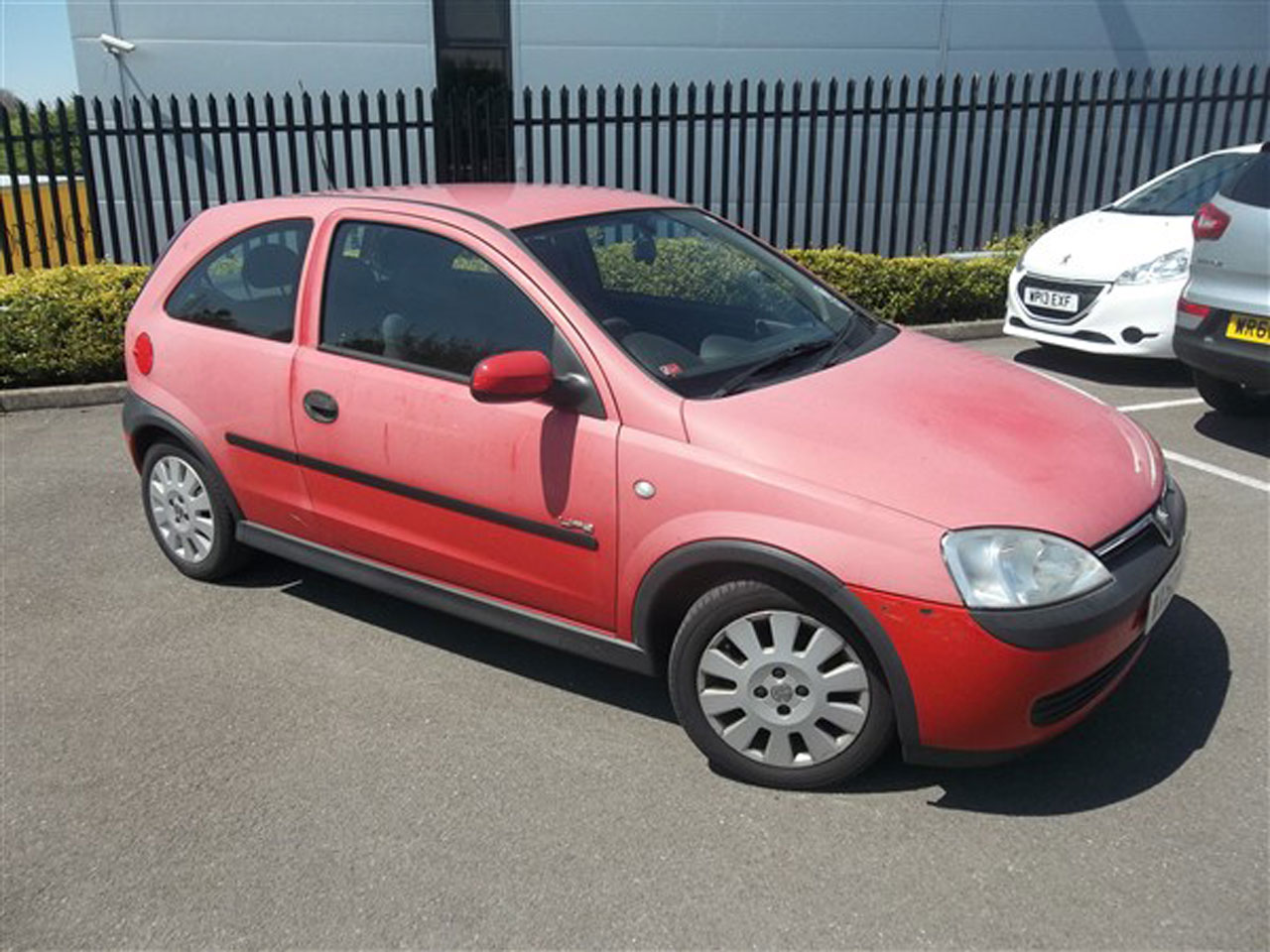
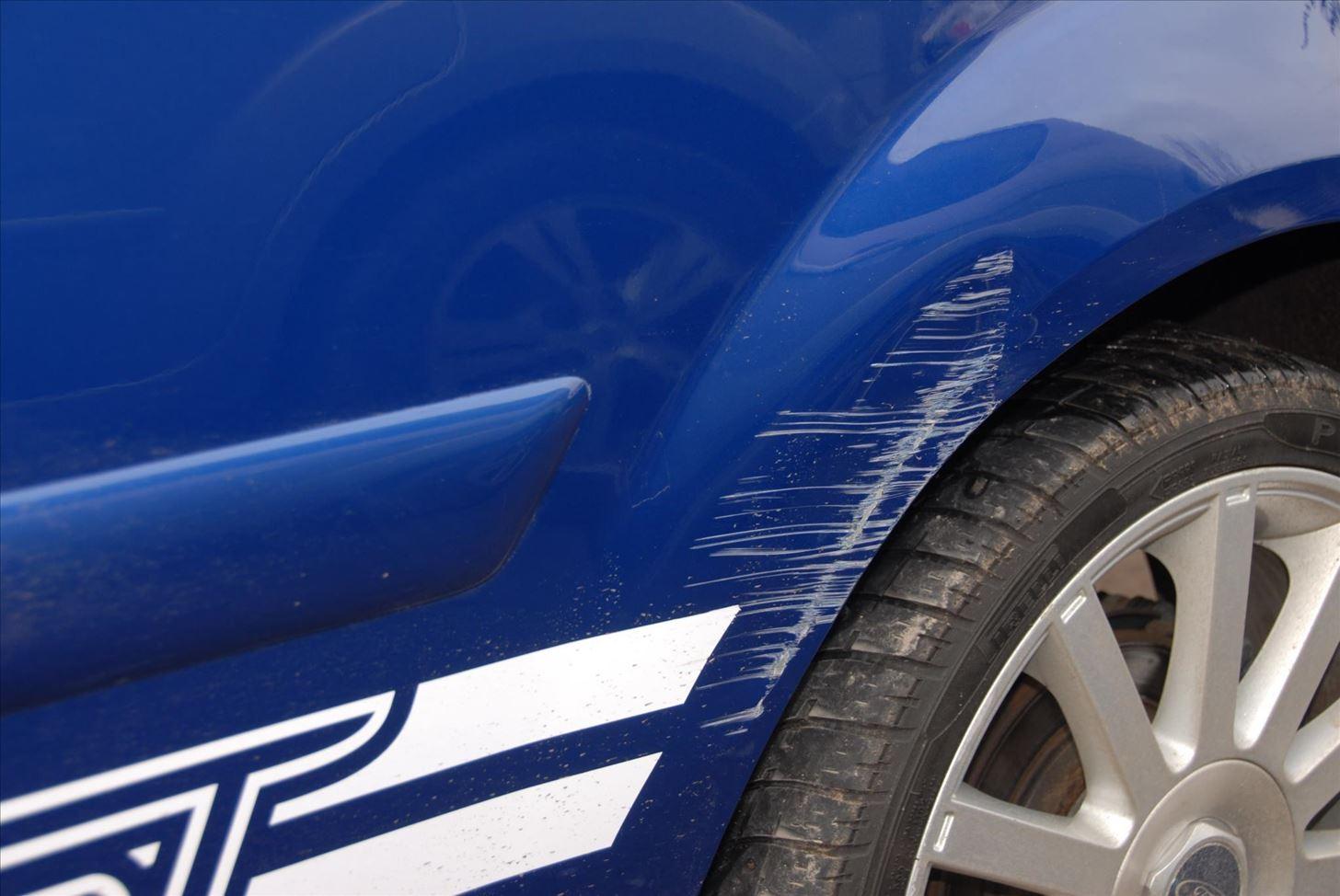












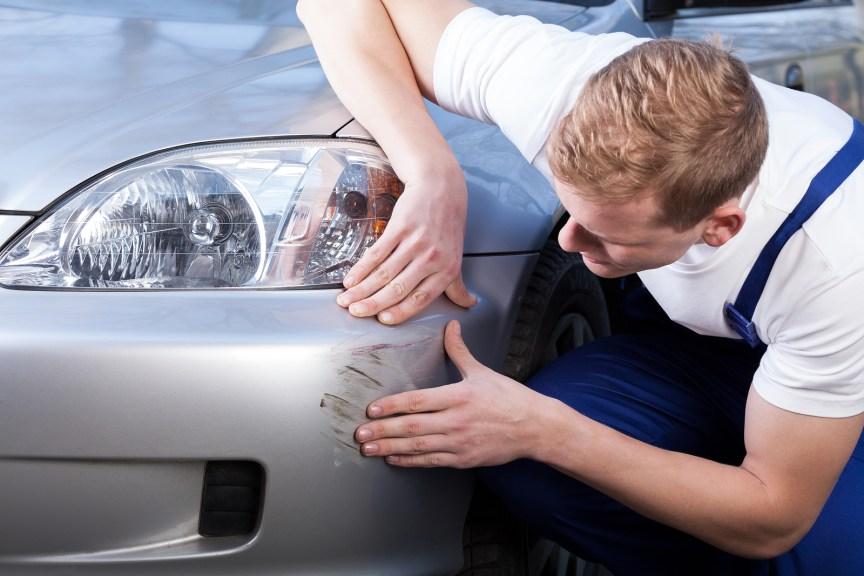


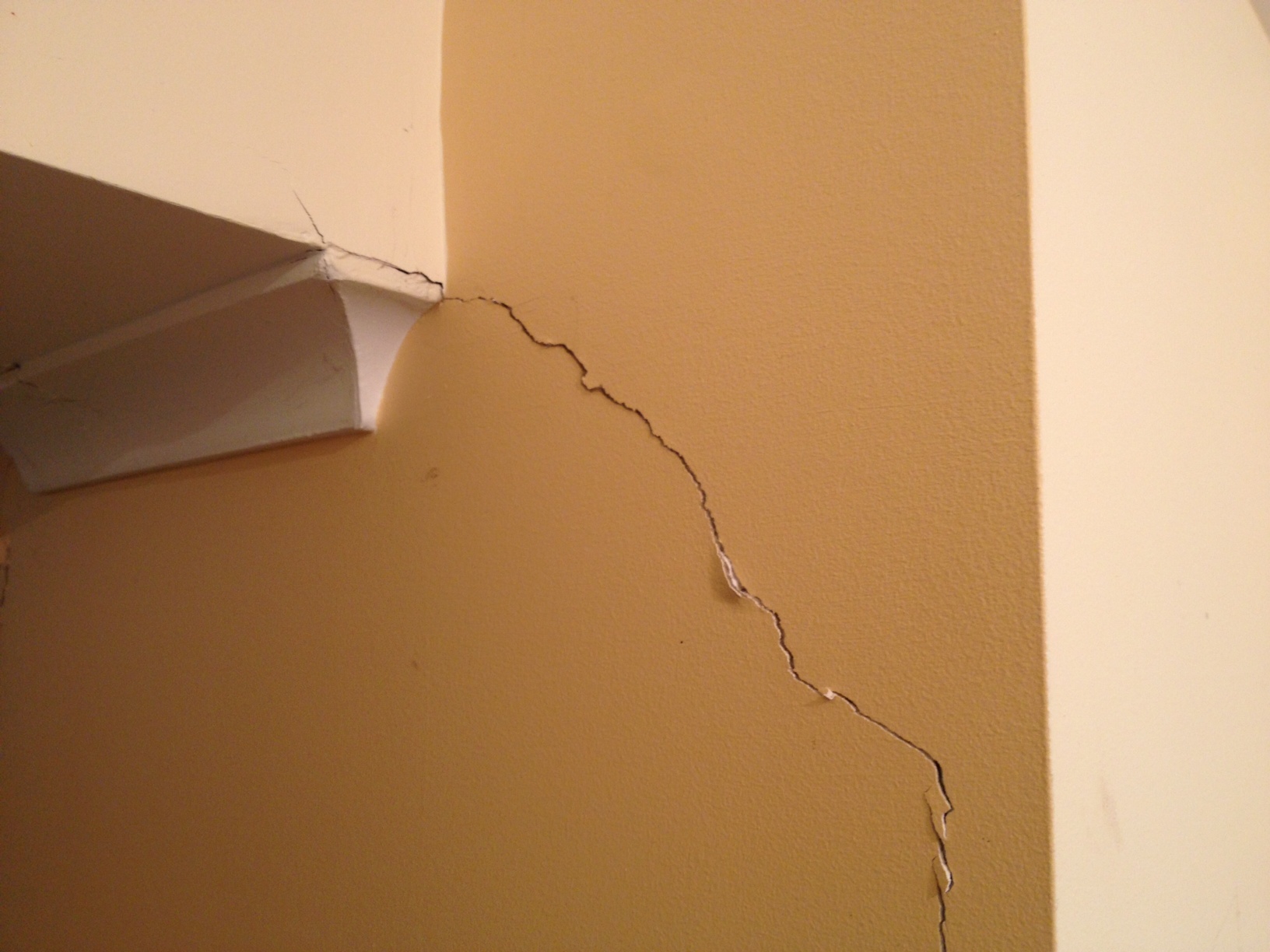




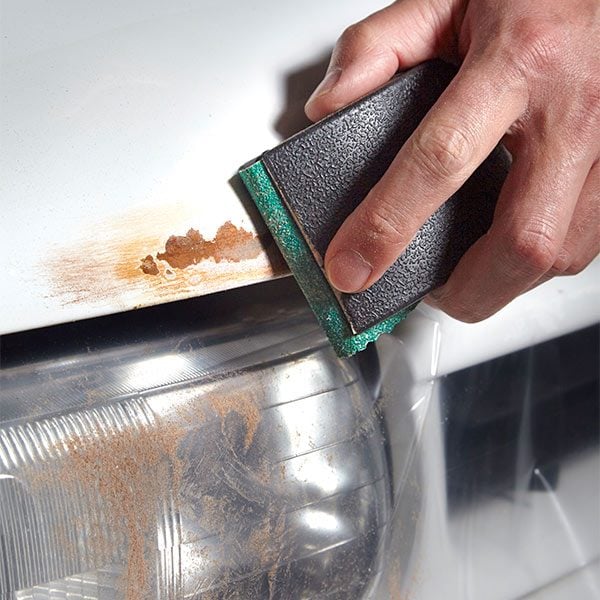

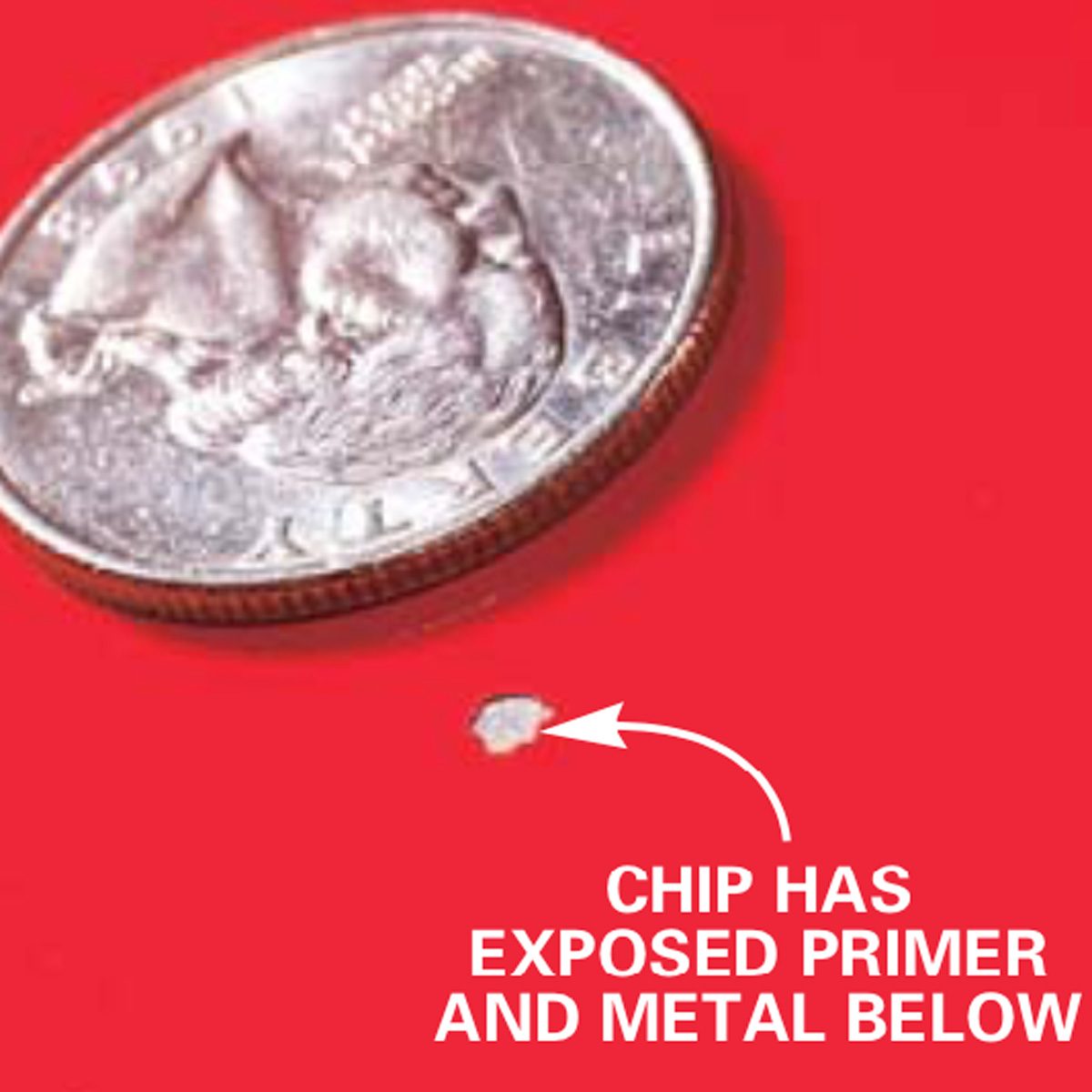

No comments:
Post a Comment
Note: Only a member of this blog may post a comment.